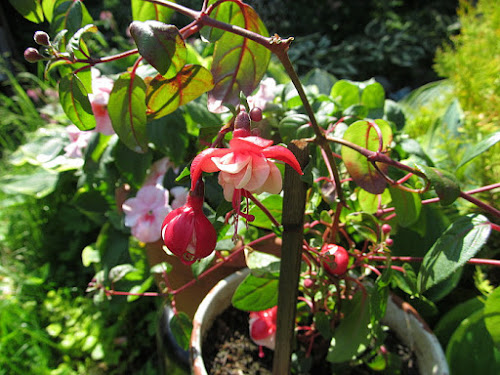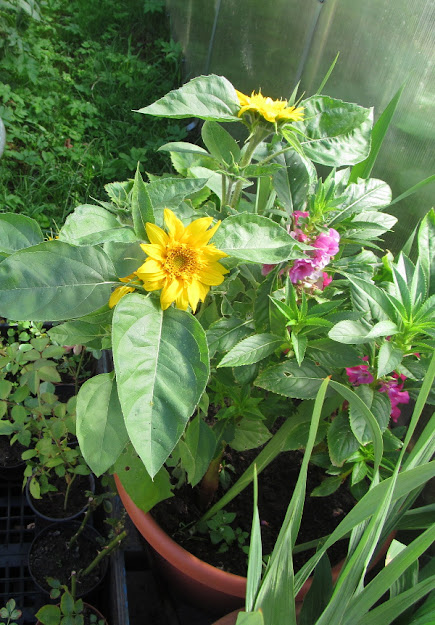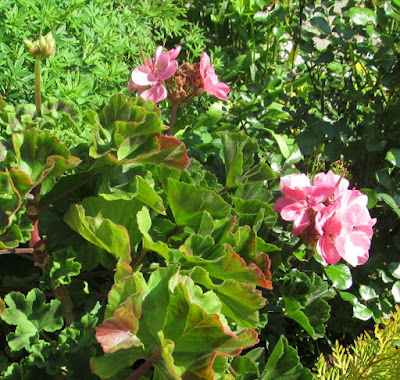I usually prepare the soil before planting seedlings, mix the soil with
sand, compost and manure, sometimes add last year's leaves. I often
cultivate seedlings and suggested that they would develop well.
Nasturtium
When forecasted on cold nights, I placed the most delicate flowers in
the greenhouse.
Then I had to return to the city, I covered them with a special
cloth, and begonia and fuchsia were not affected by the cold.
Impatiens Balsamina
Fuchsia
Impatiens walleriana
It's June the days and nights are warm, Asters Sunflowers Impatiens
Gladioli Pelargonium grow in tubs, tolerate night temperatures well.
Nasturtuim and Brachycome began to bloom in hanging pots.
Sunflower (Helianthus)
I noticed that the smaller the container is, the soil dries out faster
and plants need to be watered more often.
It's June, the first month of summer. Here we call it "top of the year"
or Midsummer. Plants became stronger and bloom more beautifully.
I wish you warm and sunny weather.
























